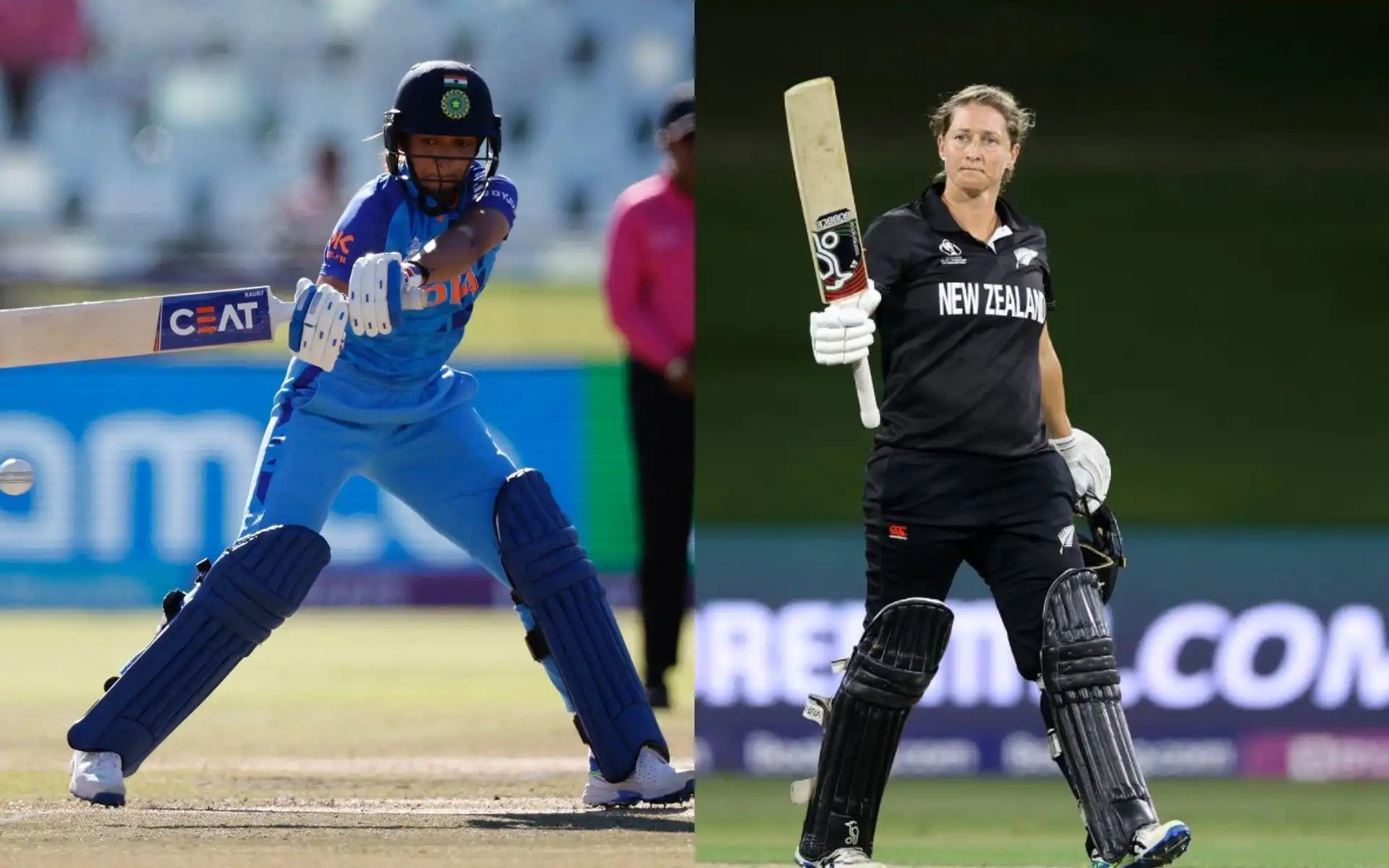![Men's vs Women's Cricket [Source: @ICC, @VVSLaxman281/x.com]](https://onecricketnews.akamaized.net/parth-editor/oc-dashboard/news-images-prod/1727958701416_Untitled(6).jpg?type=hq) Men's vs Women's Cricket [Source: @ICC, @VVSLaxman281/x.com]
Men's vs Women's Cricket [Source: @ICC, @VVSLaxman281/x.com]
Cricket has evolved into two major divisions: men's and women's cricket. Although both versions share the same fundamental rules and spirit, there are notable differences that set them apart.
These differences not only contribute to the distinct pace and flow of each game but also reflect physiological variations between male and female athletes.
Let’s dive deep into the specifics, focusing on three crucial areas: field dimensions, ball size, and weight.
Field Dimensions
While the shape of a cricket ground is traditionally oval, it can range from perfect circles to irregular ovals, and even slightly elongated shapes, depending on the venue.
There is no set rule for the exact shape of a cricket field, allowing flexibility for different designs. However, the boundary dimensions differ between men’s and women’s cricket, and this variation is crucial in balancing the game for both formats.
Men’s Cricket:
- Boundary Distance: In men’s cricket, the boundary is usually set between 450 and 500 feet (140 and 150 meters) in diameter. The ICC regulations state that no boundary should be longer than 90 yards (82 meters) and no shorter than 65 yards (59 meters) from the centre of the pitch.
- Field Size: The overall area of a cricket ground for men’s international matches is much larger, sometimes covering over 20,000 square yards (17,000 square meters) of grass. This large field challenges the athleticism of male cricketers, pushing them to cover more ground while batting, fielding, and running.
Women’s Cricket:
- Boundary Distance: The boundary in women’s cricket is generally shorter, ranging between 360 feet (110 meters) and 420 feet (130 meters). ICC playing conditions for international women's matches require boundaries to be between 60 and 70 yards (54.86 to 64.01 meters) from the centre of the pitch.
- Field Size: A smaller field size in women’s cricket helps level the playing field, considering the general difference in physical strength and power. It ensures that boundaries are reachable, making the game more competitive and exciting, with a greater emphasis on timing and precision.
Ball Size and Weight
The size and weight of the cricket ball are crucial factors that influence the pace of the game, the degree of swing, and the overall dynamics of batting and bowling.
The differences between men’s and women’s cricket balls, although subtle, have a significant impact on the performance of players.
Men’s Cricket:
- Ball Weight and Size: The cricket ball used in men’s cricket weighs between 5.5 and 5.75 ounces (156 to 163 grams) and has a circumference of 8.81 to 9 inches (224 to 229 millimeters).
- Impact on Play: The heavier and larger ball leads to faster deliveries, especially from pace bowlers. It also travels further when struck by a batter, contributing to longer boundaries and bigger sixes. The increased weight also makes fielding more challenging, particularly in terms of catching and returning the ball.
Women’s Cricket:
- Ball Weight and Size: The ball used in women’s cricket is slightly lighter, weighing between 4.94 and 5.31 ounces (140 to 151 grams) and has a smaller circumference of 8.25 to 8.88 inches (210 to 226 millimeters).
- Impact on Play: The lighter ball allows women bowlers to focus more on swing, accuracy, and control rather than raw speed. Batters, on the other hand, can achieve better timing and placement, even though the ball may not travel as far as it would in men’s cricket.
Pace and Bowling Speed
The disparity in ball size and weight also has a cascading effect on bowling speeds. Men’s cricket, where bowlers frequently clock speeds upward of 140 km/h (87 mph), contrasts sharply with women’s cricket, where the fastest bowlers hit around 120 km/h (74 mph). This difference changes the entire dynamics of the game, affecting reaction times, batting strategies, and fielding positions.
Men’s Cricket:
- Faster Pace: The heavier ball and stronger physique of men mean faster delivery speeds. The extra velocity makes it harder for batsmen to react in time, and bowlers often use sheer speed as a weapon to unsettle their opponents.
Women’s Cricket:
- Controlled Pace: In women’s cricket, the focus shifts slightly more towards accuracy, variation, and swing rather than raw pace. While this does not make the contest any less competitive, it alters how bowlers approach the stumps and how batters anticipate deliveries.
Pitch Dimensions
Despite the differences in field dimensions and ball size, one aspect of the game remains consistent across both men’s and women’s cricket: the pitch. The pitch measures 22 yards (20.12 meters) in length for both formats.
However, the interaction of the ball with the pitch can vary depending on the size and weight of the ball. For example, the lighter ball in women’s cricket might result in more swing and lateral movement off the pitch, while the heavier ball in men’s cricket tends to generate more bounce and pace.
Conclusion
In the end, both men's and women's cricket have created unique identities, and these differences in field dimensions, ball size, and weight are instrumental in shaping the individual characteristics of each format.
Men's cricket, with its larger boundaries and heavier ball, prioritizes raw power and speed, while women's cricket leans into strategy, swing, and technique, creating a spectacle that is equally thrilling in its own right.
.jpg)
.jpg)
.jpg?type=mq)


 (1).jpg?type=mq)
